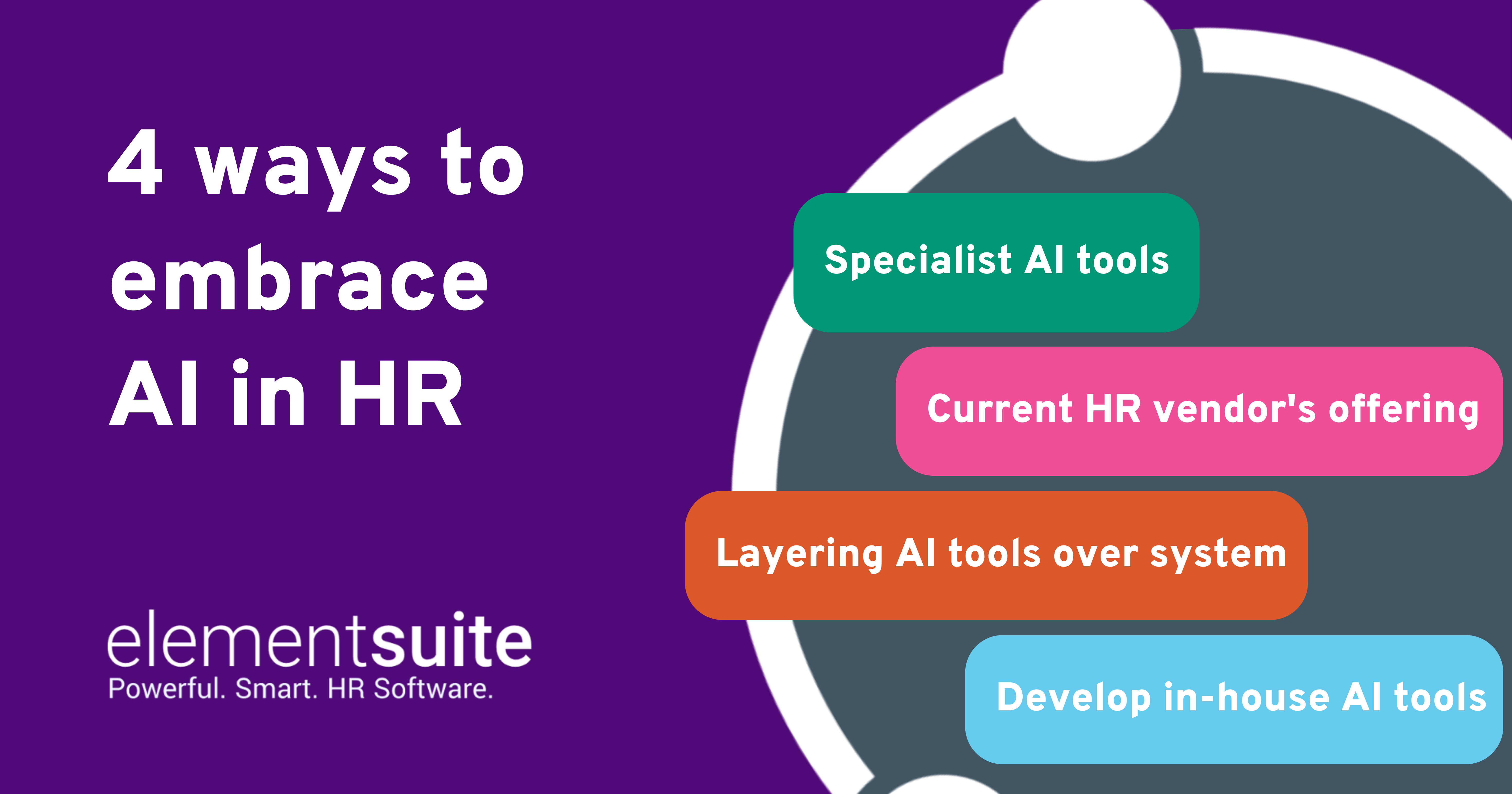The food manufacturing sector is one industry that’s experienced some of the biggest repercussions from the pandemic, along with the impact of Brexit. This finally tuned manufacturing engine that has relied on efficient Just In Time (JIT) production is now tackling a unique set of challenges, that require dedicated and customised solutions to stay competitive. For some this is about weathering the so called ‘perfect storm’ to survive and thrive.
Research from The Food Industry Executive reveals that
- 5% of food processing and packaging firms have changed their business strategy and operations in response to the pandemic
- 54% of the industry predict they will emerge from the crisis stronger than they were before
Knowing that other HR teams in the sector are experiencing the same HR challenges can really help. Here’s what they are saying…
The perfect storm, that doesn’t feel perfect at all
When we say The Perfect Storm, we’re not talking about the 1990’s film, but a phrase that’s being heavily used in many industries including food manufacturing. A rare combination of events happening at the same time, such as:
- High demand from consumers
- High and increasing costs
- Not enough workers with the skills you need
- Increase in raw materials
- Delays on imports
- Staff shortages at supplier businesses resulting in unpredictable delays
- No longer able to reliably operate JIT
- Shortages and bottlenecks in the supply of raw materials
1. Recruiting and retaining the right talent
A skills shortage across the industry was already looming long before the perfect storm blew in. With an estimated 20% of the workforce due to retire by 2026 according to a government study, strategies to attract and skill future employees was already underway by for forwarding thinking manufacturers.
To compete, thrive and grow in an ever-changing sector, recruiting, training and retaining new skills is essential. Apprenticeship schemes are proving a highly successful solution for some. No longer simply focussed on the younger demographic, but a focus on a workforce who are leaving declining sectors, frustrated with struggling businesses and looking for new opportunities. Despite these opportunities, there is still a sprint for talent. According to KPMG, demand for workers has increased at it’s fastest rate for over 23 years. Understandably, this has put upward pressure on salaries, resulting in higher starting salaries and in some instances, signing bonuses.
Winning the race for talent requires a number of interventions:
- decrease time it takes to recruit – act fast by utilising digital tools and processes
- reduce the financial overhead of the hiring process
- reduce cost of onboarding and training new employees through digital HR
- implement self-drive training and training at the point of need. Another act fast and in the moment strategy
- activate training strategies that enable staff to fulfil more roles on any given shift
- ensure employee self-service is in place across the business for booking holidays, viewing payslips, updating personal details
- focus on improving the industry reputation
- promote better work-life balance for staff
- transparent workforce management with digital rotas and scheduling
2. Productivity, efficiency Workforce management
Employers in the food manufacturing sector require a unique blend of part-time, full-time, and shift staff. Some also need seasonal staff uplifts as well as additional shifts from existing staff. This results in a real headache and a great deal of complexity when it comes to shift planning, workforce planning and payroll.
Getting the right balance of staff, on the right shift is not easy. Added to this is raw material planning which means not only do you need your workforce scheduled; production is also managing the inventory needed for any given production. Inventory and workforce management need to work in harmony, with the ability to adjust if perishable inventory is late.
Added to this is more and more regulations, and the broadening duty of care. And health and safety, skills and training, WTD, additional shifts, different rates of pay for different shifts and roles. Workforce management has always been complex, but it’s even more challenging right now.
This all adds up to a significant HR challenge, as failure to get it right means incorrect pay for staff, needless increase in overhead costs. And getting it wrong will directly impact your staff retention rates and your margins and productivity.
Implementing workforce management software as part of your HR processes will give you a single view for HR and managers alike. You can save over 50% of your normal scheduling time and give your staff more transparency. You will have a single view, that will enable decision makers to identify staff needs more easily and facilitate shift swapping for your people. Another tool that empowers your people, helps with engagement and aids staff retention.
3. Transitioning to digital and tech
Manufacturing and production line equipment is a significant investment, and often comes with a long-life span. Depreciation over a long period, often means there can be long gaps in between new tech investments. There is often resistance and apprehension with new technologies as staff feel threatened and fear job losses.
But new, smart technologies can make a positive difference both on the production line and in the form of HR tech. HR tech in the hands of all your people. We’re not talking robots here, although many production lines are seeing fantastic advancements, we’re talking enabling HR tech.
It’s on the list because it’s both a challenge and a solution for HR teams in the sector. It’s often seen as price prohibitive and thus presenting a business case to senior management can be daunting. But the benefits soon contribute, resulting in cost savings and efficiencies across the business
- getting payroll right. Time saved and no more errors
- robust compliance built in
- single source of truth with data and reporting. Greater insights, visibility and proactive data-based decision making
- improved productivity
- smarter scheduling
- smarter utilisation of your people based on availability, compliance and skills
- superior communication with dispersed and shift staff
4. Poor Industry reputation
Improving the reputation of the sector is seen as a significant barrier to the staffing challenges faced by many. Along with other sectors, food manufacturing is associated with long hours, unsociable hours and poor rates of pay. Add to this the perception that the manufacturing environment is dirty, noisy and dangerous.
Myth busting and outreach initiatives are part of transforming the industry reputation. Often millennials view the sector as antiquated and low on technology. Things have changed, with some amazing developments in food technology, sustainability and high-tech automation. HR leaders need to work with their marketing and PR teams and include public relations activities to overcome some of the talent acquisition and reputational issues.
5. Lack of work-life balance
Flexible working is more prevalent in some industries than others. Historically food manufacturing is not known for it’s flexibility and accommodating work-life balance for staff. However employees want flexibility to match personal needs. Companies that offer this benefit are better placed to attract and retain talent. The HR challenge is to find the balance for the business and offer the flexibility for your people. It’s quite the conundrum.
Offering a variety of flexible working that accommodates working parents to fit with children at school, as well as evening and weekend shifts to suit personal circumstances. Developing a flexible workplace environment overcomes a number of challenges in terms of business need and employee need.
Balancing operation and employee needs in a digital scheduling system that’s accessible 24/7 is the goal. Where employees can share with their employer their working preferences for the coming weeks, in real-time, swap shifts with colleagues and be in control of their working life.
Digital rotas and scheduling will increase staff happiness and make employees feel more empowered, with more control over their work-life balance. This has a massive and positive impact for the lives of staff. Rather than telling staff when they are expected to work, food manufacturers can implement a balanced approach giving workers autonomy over their work-life balance.





